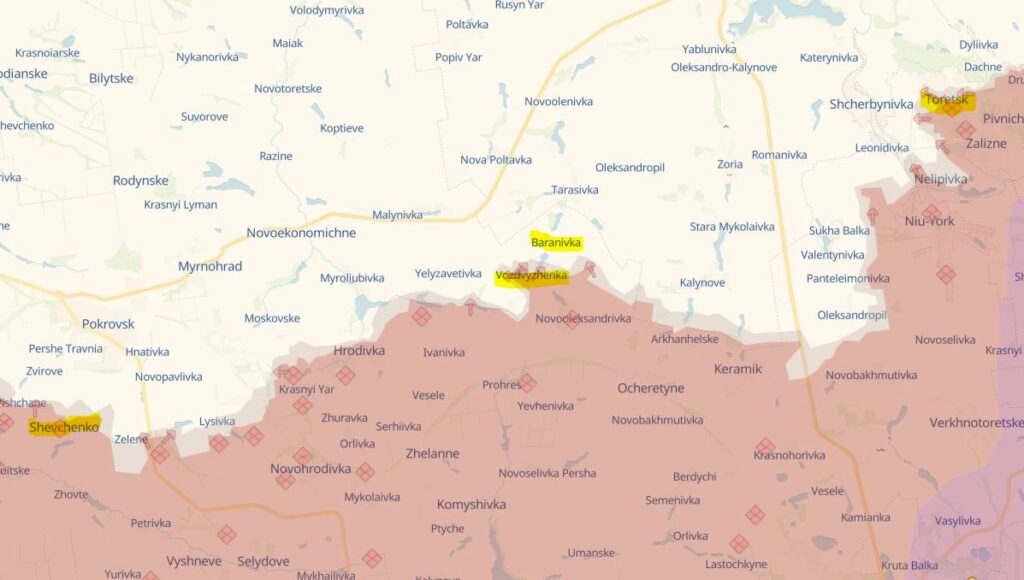The Evolution of Prop Firms: Adapting to the Market
Proprietary trading companies have transformed the financial scene by giving traders access to capital without running personal risk. These companies have evolved greatly to fit rapid changes in the market and create new trading prospects. Technological developments have constantly improved prop firm models, changes in risk management techniques, and a growing demand for skilled traders. […] The post The Evolution of Prop Firms: Adapting to the Market appeared first on QuintDaily.

Proprietary trading companies have transformed the financial scene by giving traders access to capital without running personal risk. These companies have evolved greatly to fit rapid changes in the market and create new trading prospects. Technological developments have constantly improved prop firm models, changes in risk management techniques, and a growing demand for skilled traders.
Access to structured funds allows traders to now concentrate on developing strategies, improving execution, and capitalizing on market movements free from the weight of big financial commitments. The adaptability of these firms has cemented their place in modern trading.
The Shift from In-House Trading to Remote Access
Early proprietary trading firms relied on in-house traders to execute positions under strict supervision. These companies offered a collaborative atmosphere whereby traders could use firm funds and learn from seasoned experts. Algorithmic approaches and computerized trading transformed the scene and lessened the demand for actual trading venues.
Remote trade became the main paradigm as it let companies draw worldwide talent free from regional limitations. Traders now access funding programs from anywhere thanks to the spread of online platforms, thereby benefiting from organized evaluations and capital allocation. For aspiring traders, this shift has opened greater opportunities by reducing entrance restrictions while maintaining firm-level risk control.
The Rise of Performance-Based Funding Models
Conventional trading companies engaged traders under pay-based systems, with profit-sharing incentives connected to company performance. Performance-based funding progressively replaced this model, requiring traders to demonstrate profitability before being granted access to funds.
Evaluation initiatives set a merit-based system that guarantees funding only for disciplined, competent traders. Many companies today use multi-stage examinations, in which traders show risk-management skills before progressing to funded accounts. By aligning incentives—successful traders get financial support, while companies reduce exposure to high-risk participants—this model helps businesses as well as traders. Performance tracking has evolved as technology advances to become more complex, guaranteeing that capital allocations favor consistency over temporary profits.
How do Funded Trading Accounts Work in Today’s Market?
Funded trading accounts give traders firm-backed capital, therefore enabling them to trade without personal financial risk. These accounts function through established programs where traders undertake an evaluation process, fulfilling specified profit targets while adhering to rigorous risk restrictions. How do funded trading accounts work? Once a trader passes the assessment, the firm grants access to actual capital, often under a profit-sharing structure.
Risk limits, drawdown restrictions, and consistency criteria support responsible trading behavior. Unlike standard brokerage accounts, funded accounts set defined guidelines, focused on sustainable performance rather than speculative trading. By means of controlled capital exposure, this model helps traders scale operations effectively while companies reduce risk.
Technological Advancements Reshaping Proprietary Trading
Advanced trading technology integration has improved prop businesses’ profitability and efficiency. Modern decision-making heavily relies on algorithmic trading, artificial intelligence, and machine learning, therefore lowering human error and accelerating execution speed.
High-frequency trading organizations utilize ultra-low latency systems to profit from microsecond market changes, optimizing trade execution beyond human capabilities. These developments also help retail traders within funded programs since companies give access to institutional-grade data, real-time analytics, and automated risk monitoring.
Technology has not only raised execution quality but also improved trader evaluation measures, therefore assuring that financing decisions are grounded in objective data rather than subjective assessments.
Adapting Risk Management Strategies to Market Volatility
Risk management remains an important aspect of proprietary trading, evolving in tandem with market conditions. While traditional firms used strict stop-loss policies, contemporary risk strategies now include automated trade reviews, adaptive leverage controls, and real-time monitoring.
Market volatility has raised the need for organized risk management frameworks, as unexpected price movements can influence corporate capital. Many firms utilize dynamic drawdown restrictions, lowering exposure based on market conditions to prevent unnecessary liquidation of funded accounts.
Traders must align with these developing risk requirements, exhibiting consistency and agility to retain funding access. Emphasizing risk-adjusted returns guarantees that profitability is attained without careless exposure, guaranteeing long-term viability in trading activities.
Conclusion
The evolution of proprietary trading firms is redefining opportunities for traders looking for financial backing. Refined risk management strategies, technological integration, performance-based funding, and remote access have turned the sector into a scalable, structured model. Companies will keep changing and using cutting-edge tools to improve profitability and guarantee efficiency as markets develop. Traders who embrace these changes, develop consistent strategies, and follow firm guidelines set themselves up for long-term success. Modern prop companies’ flexibility guarantees that talented traders can access the tools required to flourish in the cutthroat financial markets.
The post The Evolution of Prop Firms: Adapting to the Market appeared first on QuintDaily.



